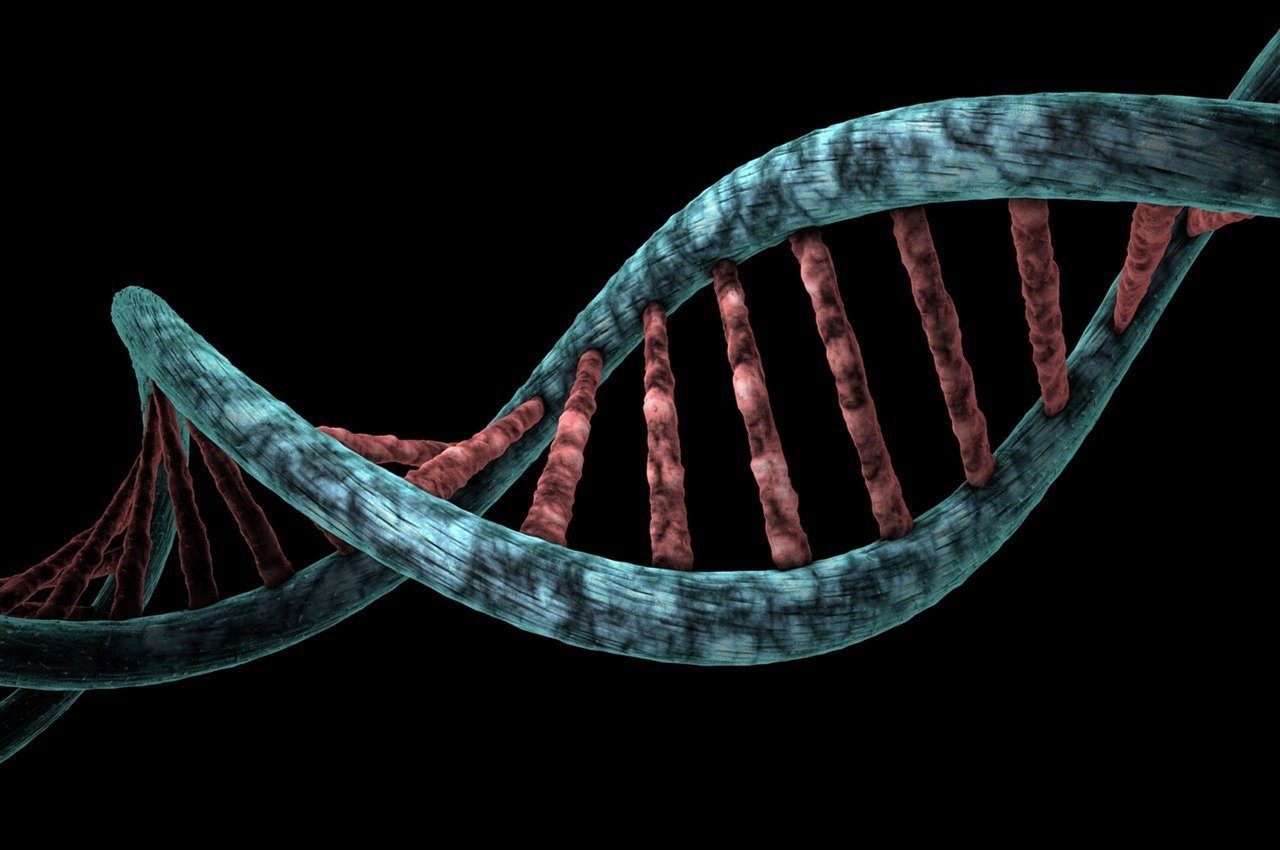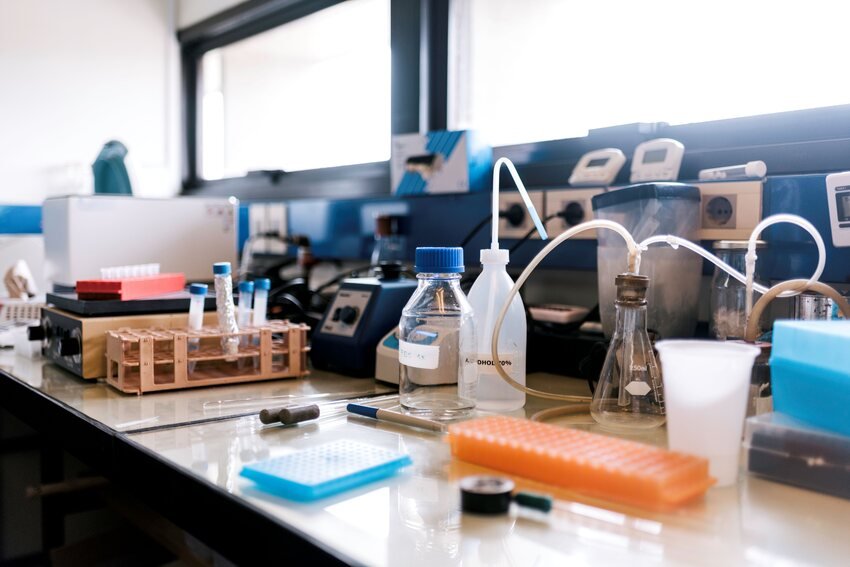In the world of biotech research and development, it’s easy to feel like progress always comes in small, incremental steps. But every now and then, something opens a new door. Long-read DNA sequencing has become one of those doors—one that’s wide open now, not just cracked. And while most of the attention goes to the tech specs, the implications are more than technical. The mental relief for researchers finally able to see the full genetic picture without stitching together fragments is just as real as the scientific breakthroughs themselves.
This isn’t a flash-in-the-pan upgrade. Long-read sequencing is rewriting how we decode, map, and understand biology at its most intricate levels. It’s expanding what’s possible in R&D labs, especially in areas where the old short-read methods kept hitting frustrating dead ends. It’s not just about what the data shows—it’s about what the people behind the research can do with that clarity.
More Than Just Longer Reads
At a glance, it seems like the only difference is in length. But that extra genetic real estate changes everything. Long-read DNA sequencing lets scientists capture much larger chunks of the genome in one go, revealing complex structural variations and repeating regions that short-read methods often miss or misinterpret. That’s a game-changer in everything from rare disease research to microbial discovery to epigenetics.
In practical terms, this means fewer blind spots. For researchers, it cuts down on the guesswork and tedious patchwork that used to come with short-read approaches. Long-read tech reveals genetic patterns in full—clean, unbroken sequences that are easier to interpret and act on. And that reduces cognitive overload in the lab. When your job depends on navigating dense, noisy data sets, having a clean read changes your entire day. Less stress, fewer hours second-guessing results, and more energy for actual innovation.
Engineering the Future with Precision
If long-read sequencing is the microscope bringing things into focus, enzymatic DNA synthesis is the toolset letting researchers build exactly what they see. Unlike older synthesis methods that were riddled with bottlenecks, enzymatic approaches are faster, cleaner, and much more accurate. It’s like giving scientists a set of precision instruments after years of working with dull blades.
That leap in synthesis quality means engineered DNA can now mirror the complexity of native genomes with far less effort and error. Instead of approximating genetic sequences, researchers can construct them in full fidelity. This kind of precision directly benefits gene therapy, synthetic biology, and cellular modeling. But it also lifts an emotional weight. When your tools align with your ideas, burnout fades. Experiments become more rewarding, and troubleshooting doesn’t feel like trench warfare. For teams pouring months into fragile projects, that balance matters.
Mental Clarity Through Better Data
Biotech has always been data-heavy, but long-read sequencing shifts the burden in a good way. The sequences are richer and more complete, meaning fewer downstream corrections. That reduces reliance on overly complicated pipelines and redundant tests. There’s less of the frantic loop of trying to confirm whether a result is real or just noise.
This is where data analysis software has quietly stepped into its own. Better sequencing isn’t just about what comes off the machine—it’s about being able to interpret it quickly, accurately, and meaningfully. That combination is making labs run smoother, but it’s also making people feel more grounded in their work. When the numbers behave and the results line up, it gives researchers more than confidence—it gives them breathing room.
When you’re not stuck staring at a pile of questionable reads or wondering if an anomaly is just another sequencing artifact, your brain gets a break. That break is where new ideas form. That’s where science actually happens.
Rethinking Diagnostics, Gently
Long-read sequencing isn’t just revving up the engine of advanced research—it’s shifting how we think about human diagnostics, too. Medical genomics has always been a balancing act between depth and clarity, but long reads take a lot of the pressure off. They provide cleaner, more complete insights into conditions driven by structural variants, mosaicism, or previously undetected mutations.
That’s a big win for patients, but also for the healthcare providers behind the scenes. Fewer misreads mean fewer unnecessary retests. More accurate information means faster answers. In diseases where time matters, that’s a breakthrough—but on a deeper level, it’s an emotional balm. The weight of uncertainty is one of the hardest parts of medicine, for both patient and provider. Cutting through that with clean genetic data helps everyone breathe easier.
And this is where long-read tech starts to feel less like machinery and more like a mindset shift. It’s not about knowing more for the sake of it. It’s about making things clearer, kinder, and more grounded—for researchers, clinicians, and the people depending on them.
Unlocking What Was Always There
The most exciting part of all this? Long-read sequencing isn’t uncovering something new—it’s just finally revealing what’s always been there. Genomes were never fragmented. We just didn’t have the tools to see them whole. Now we do.
That changes how labs plan experiments. It changes how biotech firms approach product development. And in some deeper way, it changes how scientists relate to their own work. There’s something deeply affirming about finally being able to see the full picture. It’s like watching a blurry photo come into focus after years of squinting. And that emotional clarity—the feeling that you’re no longer fumbling in the dark—isn’t something you’ll find in the technical specs, but it might be the most important outcome of all.
Where the Story’s Headed
Long-read sequencing is giving biotech R&D a kind of momentum that feels grounded, not frantic. It’s focused. Empowered, not overwhelmed. For researchers, that means more accurate results, but it also means a better relationship with the work itself. Less burnout. More breakthroughs. And a greater sense of purpose in what’s being built.
When the tools finally catch up to the ambition, people start to breathe easier. And that’s when good science really begins.
Read Dive is a leading technology blog focusing on different domains like Blockchain, AI, Chatbot, Fintech, Health Tech, Software Development and Testing. For guest blogging, please feel free to contact at readdive@gmail.com.





